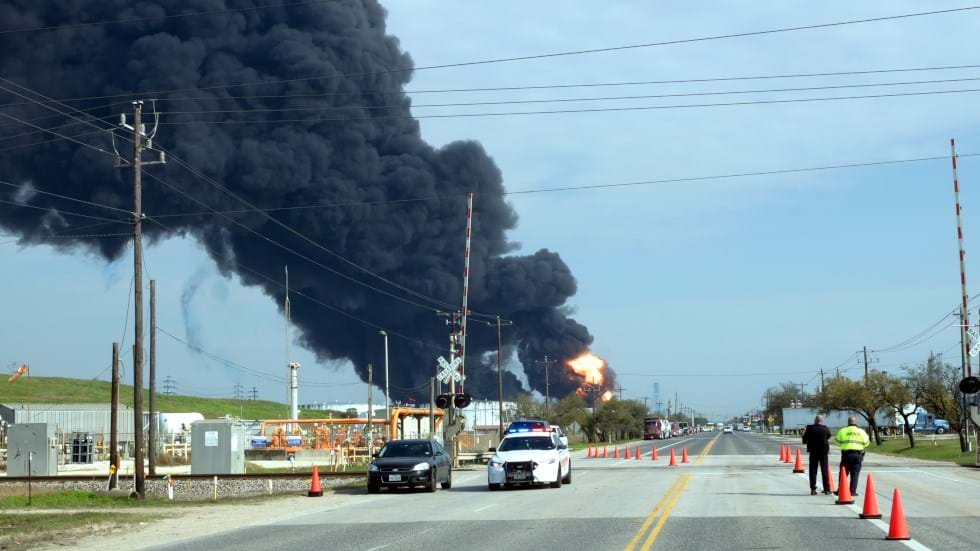US industry risking lives due to lack of remote isolation equipment, CSB warns

US CHEMICAL facilities are putting lives at risk by failing to heed lessons learned from loss of containments, says the country’s Chemical Safety and Hazard Investigation Board (CSB). It recommends industry adopt the use of remote isolation equipment which can quickly stop the release of hazardous materials, preventing accidents from escalating and killing people.
The CSB has pointed to six recent loss of containments – including leaks of highly toxic hydrofluoric acid and a fatal release of flammable hydrocarbons – whose consequences escalated because the plants lacked effective remote isolation equipment.
These include a 2019 fire at a chemicals storage tank at ITC’s terminal in Deer Park, Texas that could not be isolated remotely and spread to an additional 14 tanks. The fire burned for three days, 21m gallons of chemicals escaped, local waterways were polluted and the property damage exceeded US$150m. Existing standards mean atmospheric tanks do not require remote isolation equipment.
“Whether the associated equipment is referred to as remotely operated emergency isolation valves, remotely operated shutoff valves, emergency isolation valves, emergency block valves, or some other name, the topic of remote isolation of process equipment is neither a technically complex issue for the chemical industry, nor a new one,” the CSB notes in its study.
It warned that many facilities in the US are not protected with the types of remotely operated equipment adopted elsewhere in the world. These allow workers to stop a release from a safe distance, rather than approach and manually use isolation equipment close to the source of the leak which can be incredibly risky or even impossible as hazardous materials are leaking and fires are raging.
It has recommended the American Petroleum Institute revise its guidance documents to apply to more facilities beyond refineries and provide criteria for when remote isolation devices should be required. It has also called on environmental and occupational health regulators, EPA and OSHA, to implement rules requiring the critical review of major process equipment to determine whether the consequences of major leaks can be significantly reduced by remote isolation equipment.
Industry should also assess now whether it needs to install remote isolation equipment before such standards and regulations are put into force.
“Having the ability to safely, quickly, and effectively isolate a release ultimately saves lives, protects jobs, and safeguards critical infrastructure,” the CSB notes.
The CSB has examined safety rules used elsewhere that the US chemicals industry could learn from. In 2022, the US National Transportation Safety Board implemented rules for the installation of remote isolation equipment to reduce the impact of pipeline ruptures. In 2004, the UK’s Health and Safety Executive implemented regulatory guidance on remote isolation called Remotely operated shutoff valves (ROSOVs) for emergency isolation of hazardous substances.
IChemE Safety Centre director Trish Kerin said: “This is a case of the CSB pushing US industries to continuously improve. Though other parts of the world do much of this already.”
Recent Editions
Catch up on the latest news, views and jobs from The Chemical Engineer. Below are the four latest issues. View a wider selection of the archive from within the Magazine section of this site.




